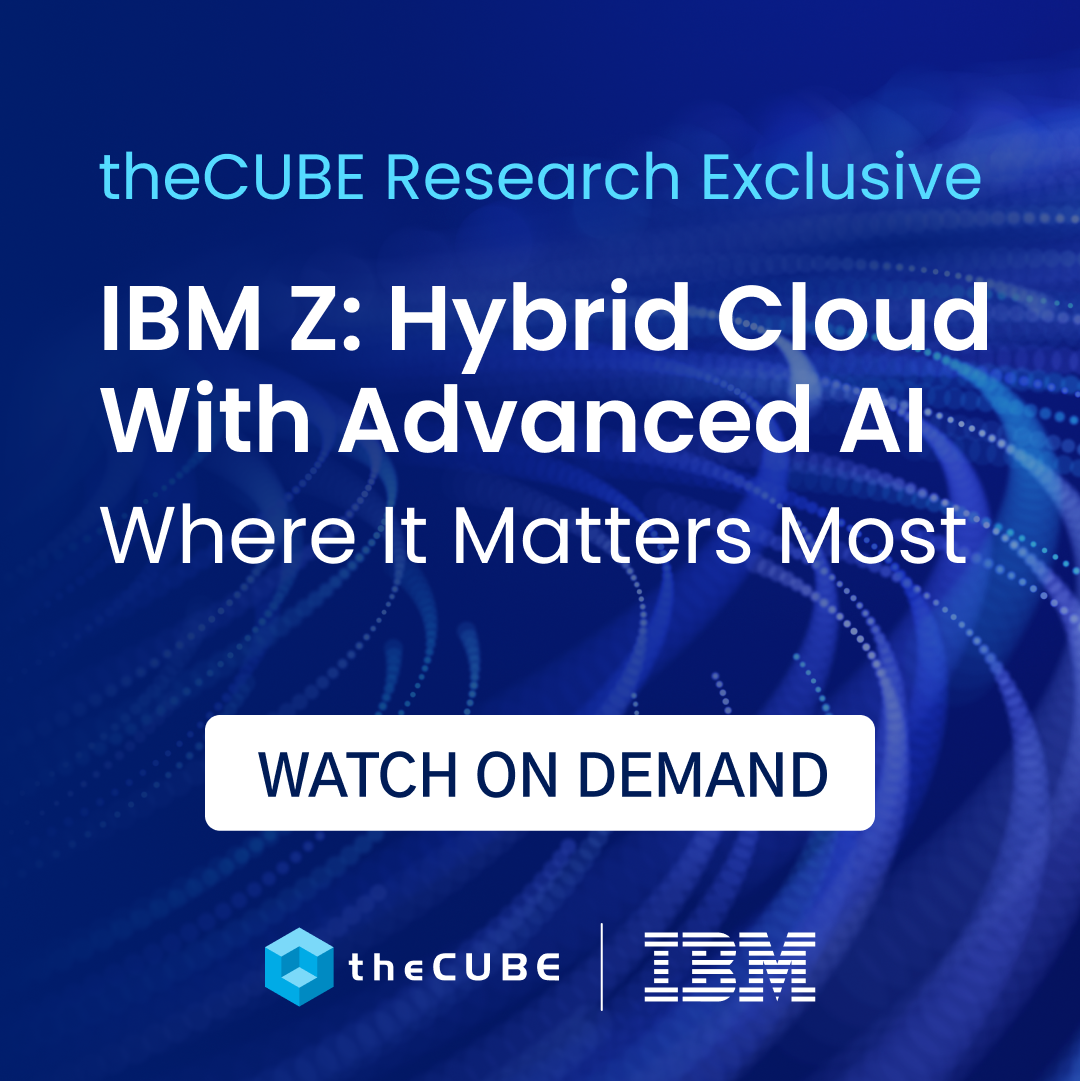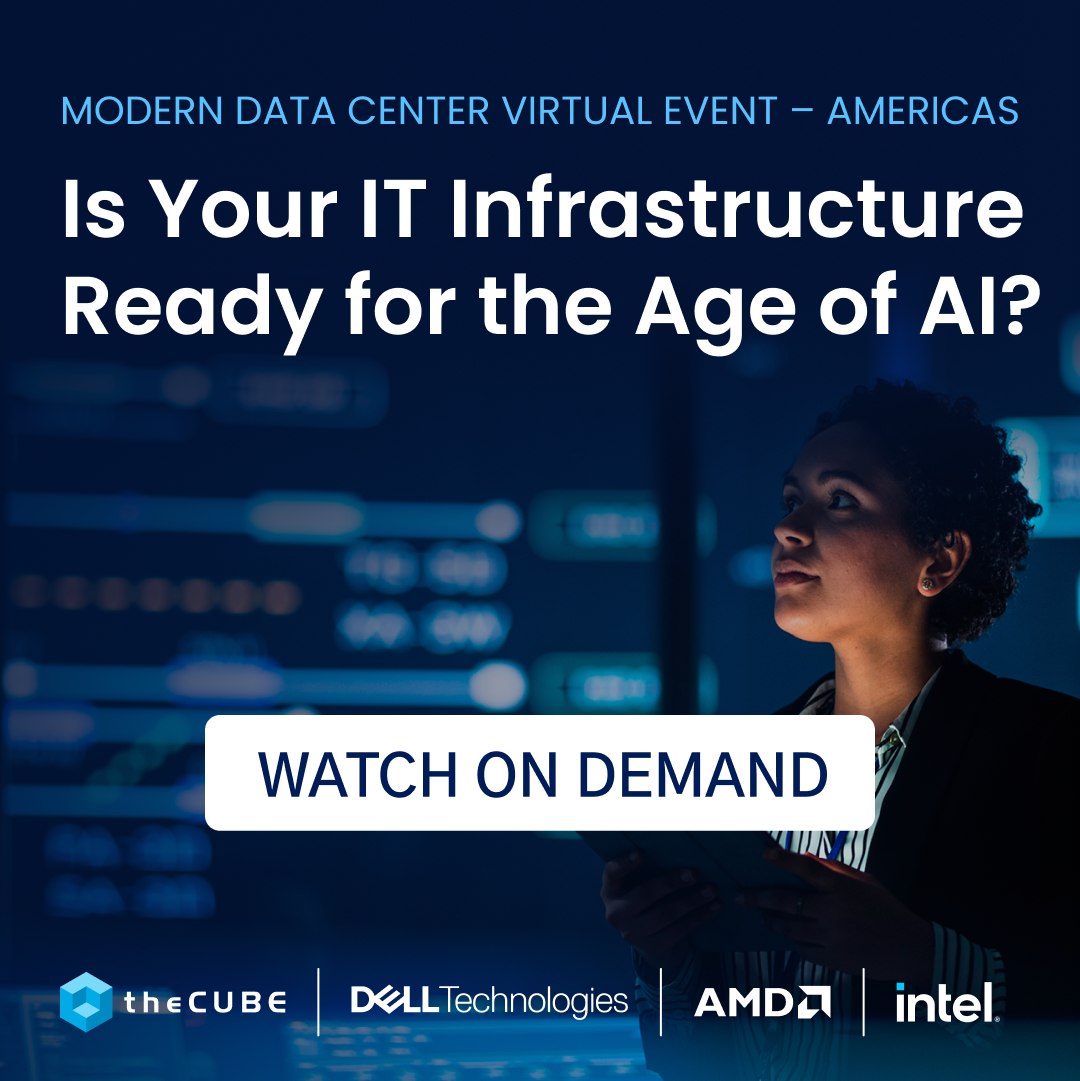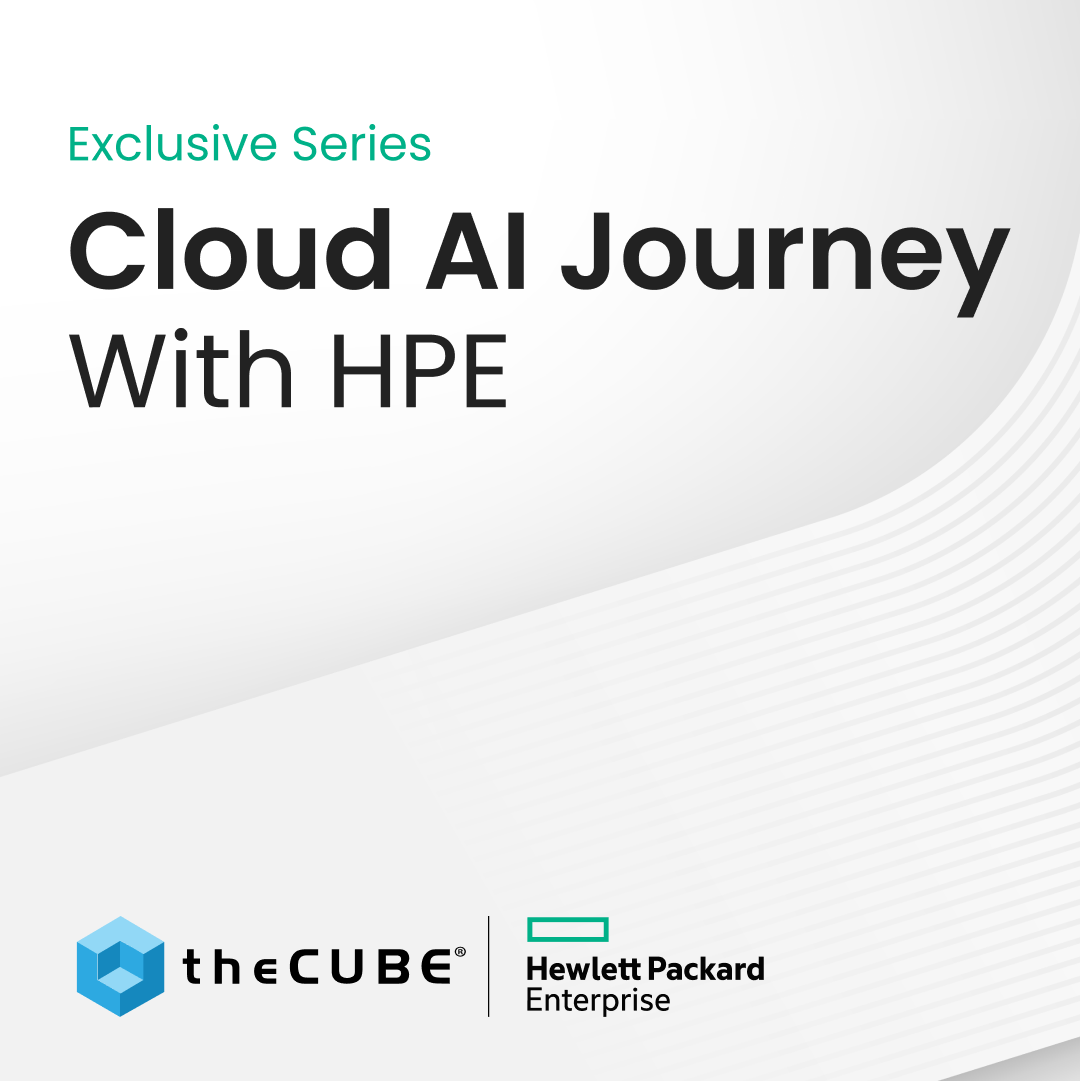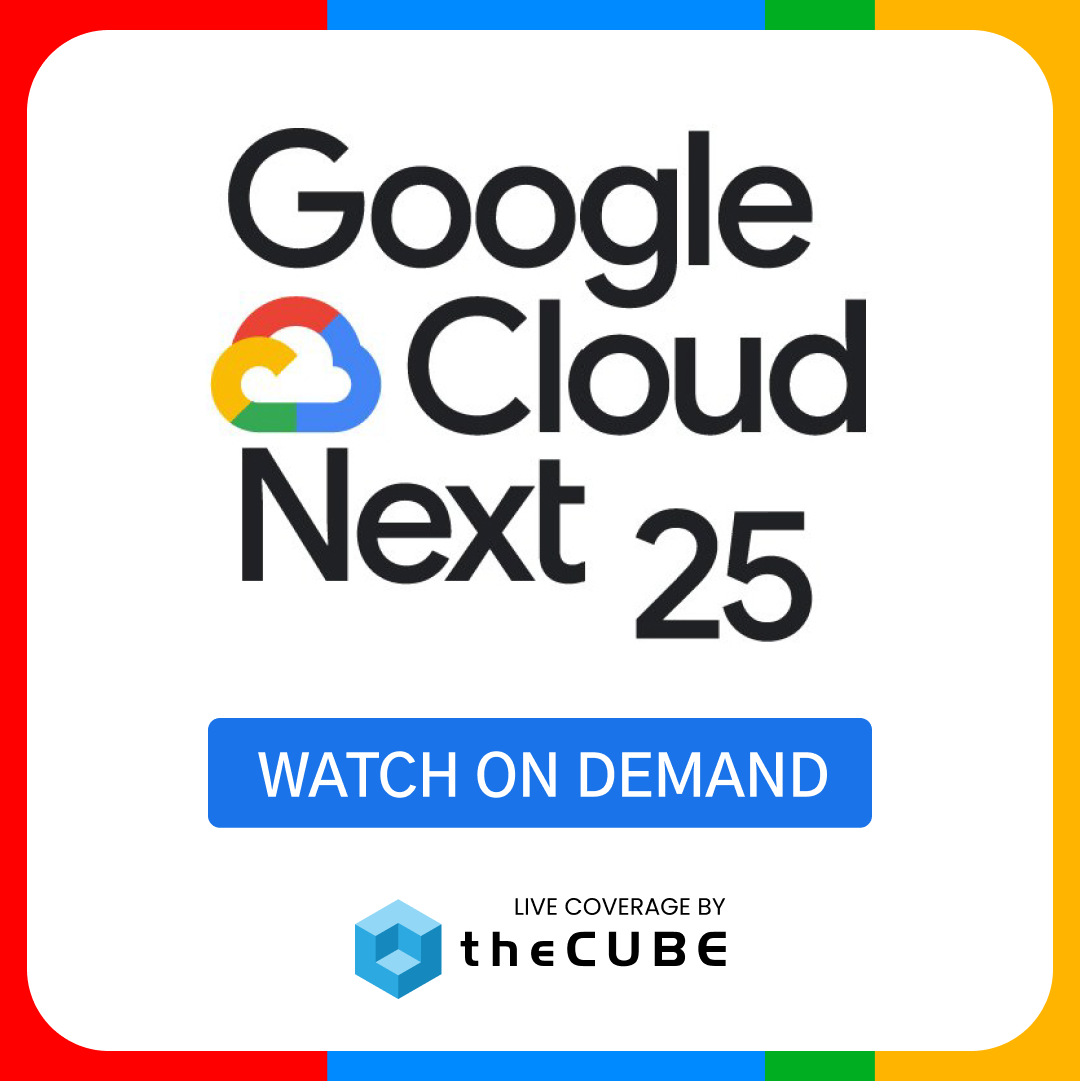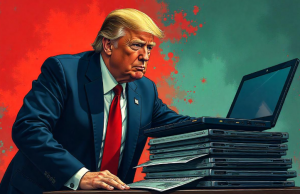The Future of the Connected World Is In the Cloud
![]() Several of us enjoy an eclectic mix of music. I, for instance, like to start my day with soothing classical music on most weekdays. But it’s jazz that helps me unwind and relax on the evenings I get home early. Sunday afternoons are when you can tune in to the oldies if you join me and my family over brunch. And my home entertainment system knows me and my moods only too well. It’s smart. Over weeks of usage, the system has quietly been gathering data about my tastes in music, usage patterns and preferences. Having made sense of it all, now, when I hit the play button – depending on the day and time – its belts out the exact tunes I that make my foot tap.
Several of us enjoy an eclectic mix of music. I, for instance, like to start my day with soothing classical music on most weekdays. But it’s jazz that helps me unwind and relax on the evenings I get home early. Sunday afternoons are when you can tune in to the oldies if you join me and my family over brunch. And my home entertainment system knows me and my moods only too well. It’s smart. Over weeks of usage, the system has quietly been gathering data about my tastes in music, usage patterns and preferences. Having made sense of it all, now, when I hit the play button – depending on the day and time – its belts out the exact tunes I that make my foot tap.
The experience is so uber personalized, it’s almost like the player is connected to me. Speaking of connected devices, my friend – another cloud man – has his tablet, the PC in his office and the systems in his conference room all virtually connected. This means, he can build a presentation for the morning’s team meeting, on the tablet, as he is being chauffeured to work, later move mid-slide, perhaps, from the tablet to his desktop, seamlessly, to continue putting the presentation together from his office. When the presentation is ready, he can simply walk into the conference room and flick a button on the system there to project the very same presentation with no disruption in his build-to-project experience – simple, seamless and uninterrupted down to the last minute.
Indeed, we’ve journeyed a long way from yesterday’s wireless era to today’s digital age where connected data and devices are rapidly converging driven by the ‘experience imperative’. Connected devices, predicted to touch 7 trillion by 2017, ubiquitous data, pervasive digital content and applications, are shaping the connected world – linking a wide spectrum of industries and empowering consumers in ways we never thought possible.
Moving Forward
Enterprises must chart a whole new map to find their way to customers in this new world. Their technology organizations, armed with hybrid cloud-led innovation strategies, will see a sea change in their central role. A clear mandate, for the CIO’s team, will be to:
- manage exploding volumes of data, create elasticity of storage and nurture infinite computing capabilities
- combine available data with analytics and market information – not in data centers, but where and when data is found – to device action plans for product innovations, process enhancements and business model transformation
- get over data security issues; With trends like Bring-Your-Own-Device increasingly becoming the norm, managing the paradox of ‘control with adequate flexibility’ will be key
- gear for a tomorrow when data centers will be sized down to half, and yet workloads will be at least 300% larger than they ever were
- prioritize transformation of legacy systems that are rarely built to scale well
Most importantly, the technology organization must make a shift in mindset. They must think seamless value creation, across the IT provider and IT consumer divide, within the enterprise. This means harnessing the true potential of the cloud by approaching it from an integrated perspective throughout its create-adopt-manage lifecycle and backing it with the means to drive automation and self-service. For example, a catalog, featuring a menu of service vendors from multiple environments, enabling both IT and business users to pick and choose from cloud applications, services, or processes can prove invaluable. This is nothing short of a transformational evolution within the enterprise because it spawns the birth of the enterprise cloud user — without business or tech affiliations – to focus entirely on innovation. And, because that one integrated view allows the CIO to oversee all action, risk to the organization’s technology equilibrium is mitigated.
Now, what would the CIO have the clouds under his transformed unified hub do? Practically everything. Look no further than consumer Internet companies like Amazon or Google to witness the coming together of technologies, ranging from mobility to analytics to big data to social collaboration, on the cloud, creating exciting possibilities. A similar convergence in the enterprise context is already in the making, and the cloud is its fulcrum. You can see it in fraud prevention, which has gone from reactive to real-time. You can see it in next-gen marketing, enabling CMOs to consolidate all their digital assets, analyses and agendas under a single cloud. You can see it in streamlined human resource management, facilitating every activity from recruitment to knowledge creation to skill development; and above all, you can see it in spades in the Bring-Your-Own-Device phenomenon. The cloud will continue to seed opportunities for enterprises on unprecedented scale.
That’s not the end of it. With consumers leading the way, CIOs will harness the cloud to continue to converge the technologies of the day and innovate beyond cutting edge and imagination. Like cars, which combine sensor, engineering, mobility and analytic technologies to do amazing things like talk to each other, anticipate oncoming disaster, profile their owners’ driving habits or connect with the nearest service station. Home appliances, entertainment systems, office automations and personal gadgets that follow suit intelligently and intuitively. If you think that’s wild, think again because, it’s becoming clearer by the day – cloud users and providers will both inherit the earth, and a connected one at that.
Author: Vishnu Bhat, Vice-President and Global Head – Cloud Services, Infosys Technologies As the Head of Cloud Services, Vishnu is responsible for delivering professional services for the Cloud, including platform implementation and integration, incubation of new services, and technology modernization solutions. He is also responsible for the overall Microsoft Technologies/ practice and the continued strengthening of the Infosys’ strategic alliance with Microsoft around Cloud and collaboration.
A message from John Furrier, co-founder of SiliconANGLE:
Your vote of support is important to us and it helps us keep the content FREE.
One click below supports our mission to provide free, deep, and relevant content.
Join our community on YouTube
Join the community that includes more than 15,000 #CubeAlumni experts, including Amazon.com CEO Andy Jassy, Dell Technologies founder and CEO Michael Dell, Intel CEO Pat Gelsinger, and many more luminaries and experts.
THANK YOU



